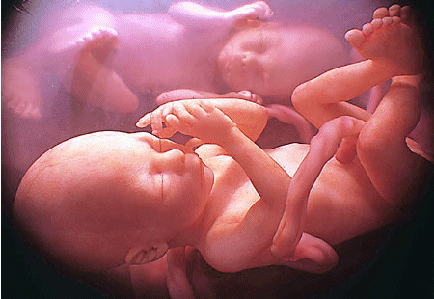I INTRODUCTION
Alternative Medicine, also called unconventional medicine, therapeutic practices, techniques, and beliefs that are outside the realm of mainstream Western health care. Alternative medicine emphasizes therapies that improve quality of life, prevent disease, and address conditions that conventional medicine has limited success in curing, such as chronic back pain and certain cancers. Proponents of alternative medicine believe that these approaches to healing are safer and more natural and have been shown through experience to work. In certain countries, alternative medical practices are the most widely used methods of health care. However, many practitioners of modern conventional medicine believe these practices are unorthodox and unproven.
By some estimates 83 million United States residents use alternative medicine, spending more than $27 million a year. Reports from Canada, the United Kingdom, and Australia also indicate a widespread interest in alternative therapies.
A special report prepared for the National Institutes of Health (NIH), Alternative Medicine: Expanding Medical Horizons, categorizes alternative medicine practices into six fields. The first field, mind-body intervention, explores the mind’s capacity to affect, and perhaps heal, the body. Studies have shown that the mental state has a profound effect on the immune system, and these studies have provoked interest in the mind’s role in the cause and course of disease. Specific mind-body interventions include meditation, hypnosis, art therapy, biofeedback, and mental healing.
Bioelectromagnetic applications, the second field of alternative medicine, make use of the body’s response to nonthermal, nonionizing radiation. Current uses involve bone repair, nerve stimulation, wound healing, treatment of osteoarthritis, and immune system stimulation.
The third field is alternative systems of medical practice. Each of these systems is characterized by a specific theory of health and disease, an educational program to teach its concepts to new practitioners, and often a legal mandate to regulate its practice. Examples include acupuncture, Ayurvedic medicine, homeopathy, and naturopathy.
Touch and manipulation are the mainstays of the manual healing methods, which constitute the fourth field of alternative medicine. Practitioners of chiropractic and massage therapies such as Rolfing structural integration believe that dysfunction of one part of the body often affects the function of other, not necessarily connected, parts. Health is restored by manipulating bones or soft tissues or realigning body parts.
The pharmacological and biological treatments that make up the fifth field of alternative medicine consist of an assortment of drugs and vaccines not yet accepted in mainstream medicine. Compounds such as antineoplastins (from human blood and urine) for acquired immunodeficiency syndrome (AIDS), various products of the honey bee for arthritis, and iscador (a liquid extract from mistletoe) for tumors have not been scientifically evaluated because of the expense of conducting safety and effectiveness studies.
Throughout the ages people have turned for healing to herbal medicine, the sixth field of alternative medicine. All cultures have folk medicine traditions that include the use of plants and plant products. Many licensed drugs used today originated in the herbal traditions of various cultures, such as the medication commonly used for heart failure, digitalis, which is derived from foxglove. In the United States, herbal products may be marketed only as food supplements. Since they are not regulated by the Food and Drug Administration (FDA), there is no guarantee of their purity or safety. The World Health Organization (WHO) estimates that 4 billion people, or 80 percent of the world’s population, use herbal medicine for some aspect of primary health care.







